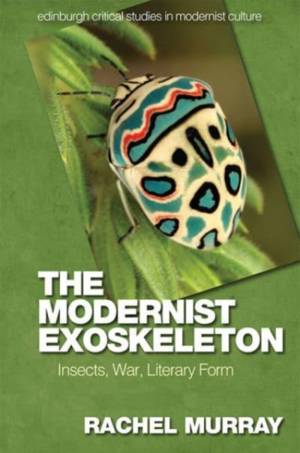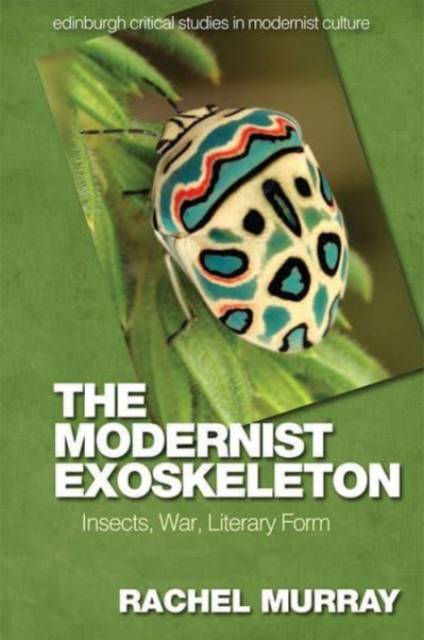
- Retrait gratuit dans votre magasin Club
- 7.000.000 titres dans notre catalogue
- Payer en toute sécurité
- Toujours un magasin près de chez vous
- Retrait gratuit dans votre magasin Club
- 7.000.0000 titres dans notre catalogue
- Payer en toute sécurité
- Toujours un magasin près de chez vous
Description
Argues for the importance of insects to modernism's formal innovations
Uses the idea of the insect as a key to modernist writers' engagement with questions of politics, psychology, life, and literary formProvides in-depth analysis of lesser-known modernist narratives, such as H.D.'s Asphodel and Lewis's Snooty Baronet, as well as new readings of canonical texts - including D. H. Lawrence's Lady Chatterley's Lover and Samuel Beckett's TrilogyExplores the influence of popular scientific writing on modernist aestheticsReveals the attentiveness of modernist writers to nonhuman life, thus forging new lines of connection between modernism and literary animal studies
Focusing on the writing of Wyndham Lewis, D. H. Lawrence, H.D. and Samuel Beckett, this book uncovers a shared fascination with the aesthetic possibilities of the insect body - its adaptive powers, distinct stages of growth and swarming formations. Through a series of close readings, it proposes that the figure of the exoskeleton, which functions both as a protective outer layer and as a site of encounter, can enhance our understanding of modernism's engagement with nonhuman life, as well as its questioning of the boundaries of the human.
Spécifications
Parties prenantes
- Auteur(s) :
- Editeur:
Contenu
- Nombre de pages :
- 224
- Langue:
- Anglais
- Collection :
Caractéristiques
- EAN:
- 9781474458207
- Date de parution :
- 03-03-22
- Format:
- Livre broché
- Format numérique:
- Trade paperback (VS)
- Dimensions :
- 156 mm x 234 mm
- Poids :
- 322 g

Les avis
Nous publions uniquement les avis qui respectent les conditions requises. Consultez nos conditions pour les avis.






